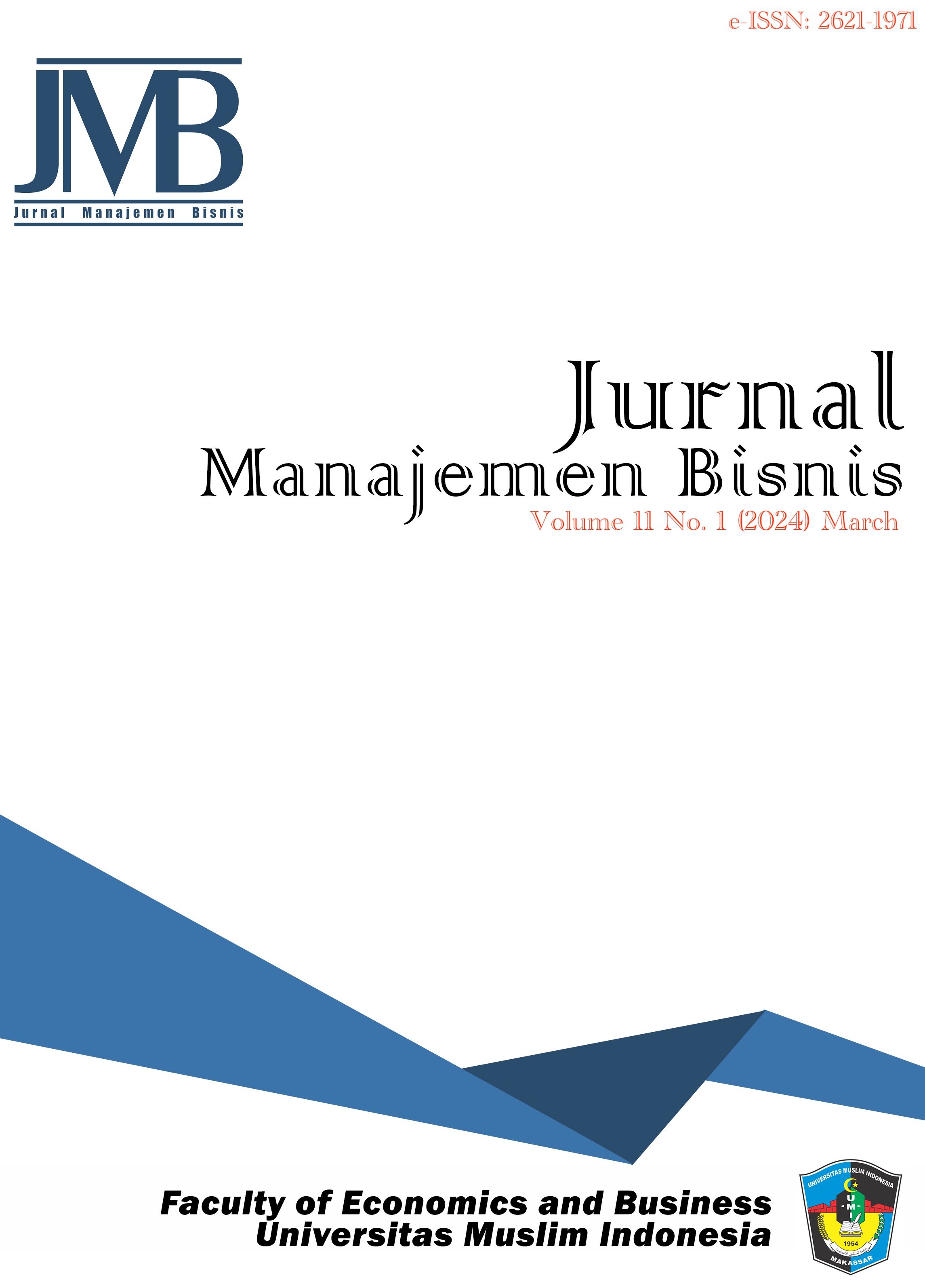Improving Effectivity of Certified Work Training Programs: A Case Study of Dinas Tenaga Kerja Kota Bandung
DOI:
https://doi.org/10.33096/jmb.v11i2.991Keywords:
Workforce Training, Employee Ability, Program Evaluation, Kirkpatrick Model, Strategic ImprovementAbstract
The Certified Work Training Program (CWTP) by Dinas Tenaga Kerja Kota Bandung aims to address unemployment challenges in Bandung. Key gaps include limited post-training support and poor alignment with labor market needs. The study evaluates CWTP using the Kirkpatrick Model, SWOT analysis, TOWS matrix, and Analytical Hierarchy Process (AHP), benchmarking it against global programs like Singapore’s SkillsFuture. Findings show moderate success in skill improvement but limited employability outcomes. Recommendations include mentoring, employer partnerships, and robust evaluation systems to enhance workforce sustainability and ensure alignment with market demands, contributing to long-term employment solutions tailored to Bandung’s unique economic context.
Downloads
References
Bappenas. (2020). Employment strategies and demographic challenges in Indonesia. National Planning Bureau Annual Report. Retrieved from https://www.bappenas.go.id/
Kagermann, H., Wahlster, W., & Helbig, J. (2013). Recommendations for implementing the strategic initiative INDUSTRIE 4.0: Securing the future of German manufacturing industry. Final Report of the Industrie 4.0 Working Group. Retrieved from https://www.plattform-i40.de/
Kirkpatrick, D. L., & Kirkpatrick, J. D. (2006). Evaluating training programs: The four levels. Berrett-Koehler Publishers.
Paul, K. W., Davis, C. A., & Frank, L. E. (2016). The impact of structured post-training support on workforce outcomes. Journal of Workplace Learning, 28(2), 90–102. https://doi.org/10.1108/JWL-11-2014-0084
RAND Corporation. (2019). Evaluating the New Orleans Career Pathways Program: Bridging training to employment. Retrieved from https://www.rand.org/pubs/research_reports/RR3245.html
Reinhart, C. M., & Rogoff, K. S. (2009). The aftermath of financial crises. American Economic Review, 99(2), 466–472. https://doi.org/10.1257/aer.99.2.466
Saito, T., & Kimura, H. (2020). Modular training programs for workforce adaptability in dynamic markets. International Journal of Training and Development, 24(3), 245–258. https://doi.org/10.1111/ijtd.12187
Sari, P. S., & Sari, Y. T. (2018). Regional disparities in economic growth and its impact on employment in Indonesia. Journal of Regional Economics, 25(1), 78–89. https://doi.org/10.1016/j.econregion.2018.04.001
SkillsFuture Singapore. (2022). Annual report on skills-based workforce programs. Retrieved from https://www.skillsfuture.gov.sg/
Sitzmann, T., & Weinhardt, J. M. (2015). Training engagement and knowledge retention in skill-based programs. Personnel Psychology, 68(3), 685–718. https://doi.org/10.1111/peps.12094
United Nations. (2015). Transforming our world: The 2030 Agenda for Sustainable Development. Retrieved from https://www.un.org/sustainabledevelopment/
Vlados, C. (2021). A framework for strategic adaptation in workforce training programs. Journal of Business Strategy, 42(5), 135–149. https://doi.org/10.1108/JBS-04-2020-0060
Zanjirchi, S. M., Mortazavi, S., & Hatami, M. (2021). Strategic alignment of workforce training programs using SWOT-TOWS frameworks. Journal of Strategic Management Studies, 29(4), 567–588. https://doi.org/10.1108/JSMS-12-2020-0145
Downloads
Published
Issue
Section
License
Copyright (c) 2024 Jurnal Manajemen Bisnis

This work is licensed under a Creative Commons Attribution 4.0 International License.






